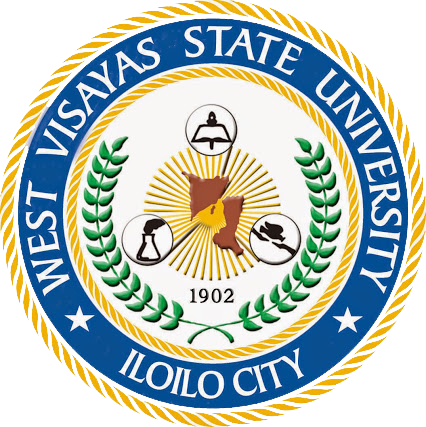Original Ilonggo compositions: familiarity, management, sustainability, and sustainability, and implications to music education
| dc.contributor.author | Bebit, Erlinda V. | |
| dc.coverage.spatial | Iloilo | en |
| dc.coverage.spatial | Negros Occidental | en |
| dc.coverage.spatial | Guimaras Island | en |
| dc.date.accessioned | 2023-04-17T09:02:52Z | |
| dc.date.available | 2023-04-17T09:02:52Z | |
| dc.date.issued | 2017-12 | |
| dc.identifier.citation | Bebit, E. V. (2017). Original Ilonggo compositions: Familiarity, management, sustainability, and implications to music education. WVSU Reseach Journal, 6(2), 1-22. | en |
| dc.identifier.issn | 2244-4335 | |
| dc.identifier.uri | http://repository.wvsu.edu.ph/handle/123456789/269 | |
| dc.description.abstract | Original Ilonggo music compositions are overly heard via social media and in school for instruction. This mixed method study was born out of the collection, preservation, marketing, and uses of original Ilonggo music compositions. Participants’ familiarity, management, sustainability, as well as the implications to music education was determined. Two of each seven music genres composed of folk, pop, rap, march, hymn, inspirational, and religious music for a total of fourteen (14) compositions were purposely selected. The elementary and secondary music teachers in the province of Iloilo, Negros Occidental, and Guimaras served as respondents. Questionnaires and interview questions were made for composers, music teachers, and listeners. Results show that majority of the listeners were familiar of the compositions presented; Dalawidaw ranked 1 and Ang Balay nga Diutay ranked 2. For instruction, Provincial Jail was mostly used. The music teachers and composers had unanimous choice for cultural endeavor as highly managed and marketability and social endeavor were moderately managed. The music teachers indicated that cultural concerns, religious activities, specific instructional music materials, and acquisition of the materials from the Department of Education when used were highly sustained. Composers and music teachers have concern on the management, sustainability, and implications to music education. Hence, the original Ilonggo compositions are helpful in teaching music especially to the present K to 12 program using mother-tongue as medium of expression. | en |
| dc.language.iso | en | en |
| dc.publisher | University Research and Development Center, West Visayas State University | en |
| dc.rights | CC0 1.0 Universal | * |
| dc.rights.uri | http://creativecommons.org/publicdomain/zero/1.0/ | * |
| dc.subject | familiarity | en |
| dc.subject | implications | en |
| dc.subject | management | en |
| dc.subject | Music Education | en |
| dc.subject | sustainability | en |
| dc.subject | Mixed method | en |
| dc.subject | Ilonggo music | en |
| dc.subject | K to 12 | en |
| dc.subject | K-12 | en |
| dc.subject | mother-tongue | en |
| dc.subject | Department of Education | en |
| dc.subject | Dalawidaw | en |
| dc.subject | Ang balay nga diutay | en |
| dc.subject | Department of Education | en |
| dc.subject | DepEd | en |
| dc.subject | NAMCYA | en |
| dc.subject.lcsh | Music--Instruction and study | en |
| dc.subject.lcsh | Folk music | en |
| dc.subject.lcsh | Music | en |
| dc.subject.lcsh | Education | en |
| dc.subject.lcsh | Sustainability | en |
| dc.title | Original Ilonggo compositions: familiarity, management, sustainability, and sustainability, and implications to music education | en |
| dc.type | Article | en |
| dcterms.accessRights | Open access | en |
| dc.citation.journaltitle | WVSU Research Journal | en |
| dc.citation.volume | 6 | en |
| dc.citation.issue | 2 | en |
| dc.citation.firstpage | 1 | en |
| dc.citation.lastpage | 22 | en |
| dc.identifier.essn | 2651-6659 |






